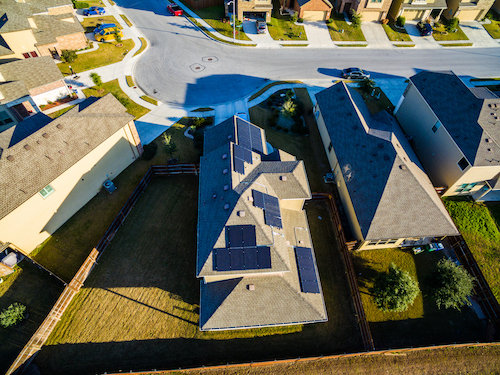U.S. household energy use fell by more than 10 percent between 2009 and 2015, despite a 4 percent increase in the number of households over the same period, according to analysis of data from the U.S. Energy Information Administration by the Joint Center for Housing Studies of Harvard University.
The trend toward lower energy use in U.S. homes may point to enduring interest in energy efficient renovations and upgrades to new appliances. Between 2009 and 2015, American households consumed 15.6 percent less energy per square foot. Again, this trend held even among a movement toward larger single-family residences on average.
Ironically, climate change may have played a role in this trend toward lower household energy use. The JCHS report noted that warmer winters throughout the U.S. have likely led to reduced demand for heating fuel, which it says comprises the largest portion of home energy use by far (around 43 percent).
Still, new regulations have also driven down all forms energy consumption among new construction homes, while owners of existing homes have invested broadly in energy-efficient renovations. The JCHS noted that occupants of American homes built in the 1960s used 20 percent less energy per square foot in 2015 than in 2009, a sharper reduction than any other decade of existing stock.
When categorized according to end use of energy, the biggest efficiency gains appeared to come from appliances like refrigerators, which comprise 3 percent of all home energy use and declined 40 percent during the six-year study period. All other appliances (not including heating and air conditioning), which account for 26 percent of total energy use, consumed 24 percent less energy.
Air conditioning was the only end use of energy that increased, another culprit of rising average temperatures. Air conditioning comprises 8 percent of all household energy consumption, and American homes used 5 percent more energy to cool off in 2015 compared to 2009. Fortunately, lower energy consumption from other categories helped offset this trend to result in less overall use.

